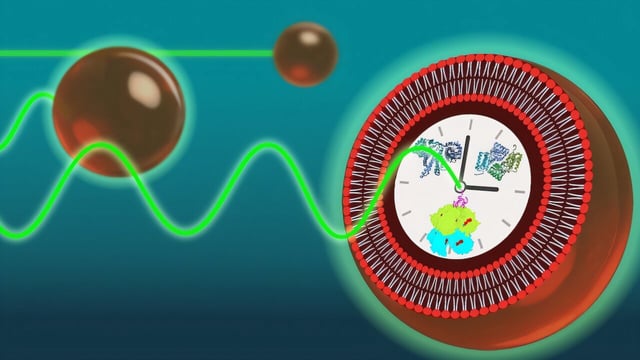Overview
- Artificial vesicles loaded with cyanobacterial clock proteins consistently glowed on a 24-hour cycle for at least four days under validated conditions.
- Experimental reduction of clock protein levels or vesicle size caused the rhythmic glow to break down in a reproducible pattern.
- A computational model showed that increasing protein concentration enhances clock stability by buffering inherent molecular noise.
- Genetic components for gene regulation are unnecessary for individual vesicle oscillations but crucial for synchronizing rhythms across a population.
- The findings offer a blueprint for designing self-timed drug delivery systems and coordinated biological machines with built-in circadian control.
